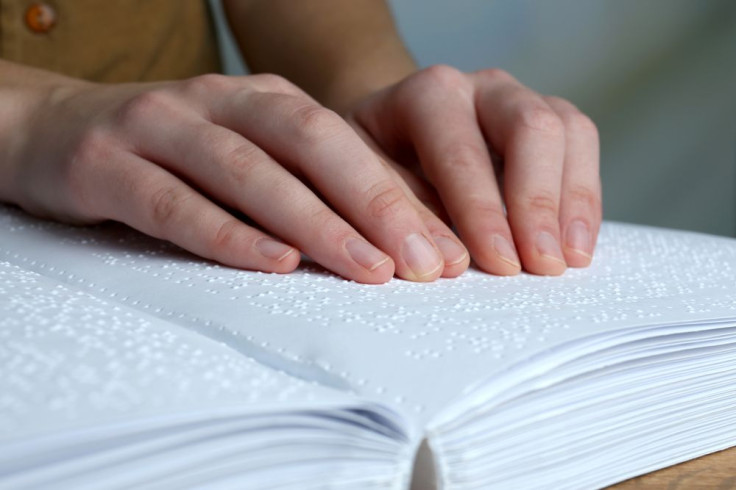Our Sense Of Touch Is Actually Multiple Senses Working Together To Produce Sensation

For most of us, our sense of touch is just that; being able to feel things. But to neuroscientists studying it, it’s a lot more complex, with different receptors and parts of the brain reacting to contact with an object in their own way. A new study from the University of Chicago, however, suggests this isn’t entirely the case.
For nearly 60 years, studies have suggested that a person’s sense of touch is really three different brain processes working on their own to convey specific information, and triggered by their own receptors, also called afferents. Slowly adapting type 1 (SA1) are receptors responsible for telling the brain about the shape and texture of an object. Rapidly adapting (RA) afferents help the brain recognize motion and control grip, and Pacinian afferents are responsible for signaling vibrations to the brain.
“Any time you touch an object, all of these afferents are active together,” said Dr. Sliman Bensmaia, assistant professor of organismal biology and anatomy at the university, in a press release. “They each convey information about all aspects of an object, whether it’s the shape, the texture, or its motion across the skin.” Bensmaia found that rather than working individually to convey the aforementioned specific information, they work in concert to create the overall sensation, even if one contributes a little more to the feeling than the other.
He and his team came to this conclusion after looking at more than 100 studies published over the past 57 years. During the review, the team found that a majority of tests that measured touch used machines that raised letters, and tested whether a person could accurately tell what they were feeling. These tests tended to show stronger activity among the SA1 afferents (feeling shape and texture), and less activity between the other two.
But Bensmaia points to a device from the 1980s that disputes the understood relationship between these receptors. By vibrating a bed of pins into the shape of letters, the device was meant to help blind people read — though people could read with it, it wasn’t a successful device. During experiments, researchers at the time found that the device activated the RA and PC afferents more often than the SA1 afferents. Bensmaia said that experiments with this device were examples of how testing for individual afferents could be misleading, and that, at times, some afferents will be better than others in recognizing shape — they work together.
While the study won’t do much for us regular folk besides giving us a better understanding of the science behind one of our senses, Bensmaia believes it’ll be valuable for future neuroscientists. “I think it’s going to change neuroscience textbooks, and by extension it’s going to change the way somatosensory neuroscience is taught,” he said. “It’s really the starting point for everything.”



























